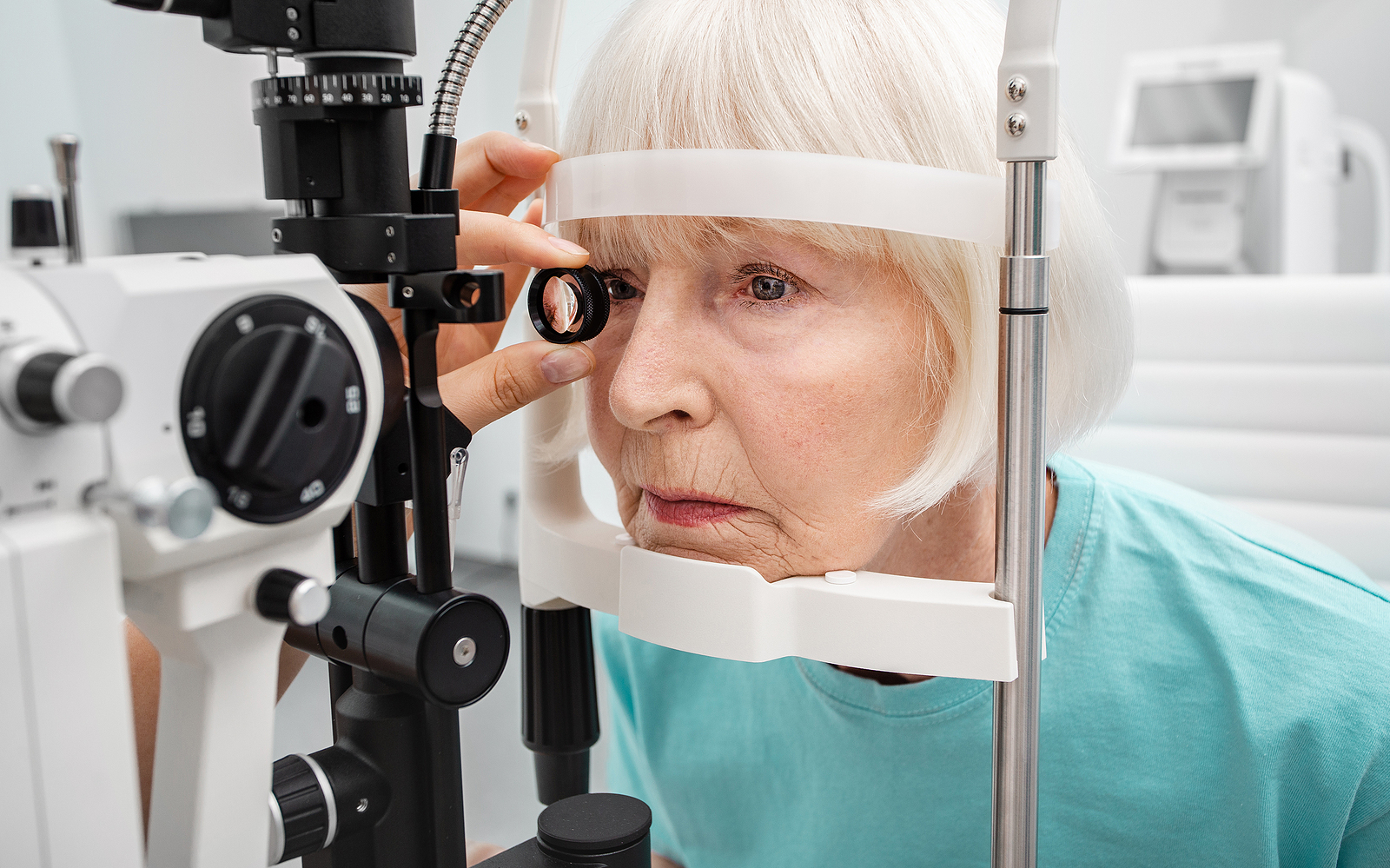Post-Holiday Season, Protect Your Child’s Eyes From Digital Overload

With new devices in your home after the holidays, it’s more important than ever to protect your child’s eyesight from too much digital screen time.
Whether they’re staring at computers, tablets, phones, the TV, or any of the myriad of digital toys on the market, kids’ eyes seem to be constantly glued to some sort of screen. In fact, according to research conducted by Common Sense Media, children under eight years old spend more than two hours per day using screens, while kids aged eight to 10 spend upwards of six hours per day, and middle and high school age children can spend up to nine hours a day engaging with digital displays.
The reality is that at the same time that screens are permeating more and more of our daily lives, we’re also continuing to learn about the dangers they can have for our eyes. While this is always a concern that parents have to grapple with, the post-holiday season brings a unique set of challenges thanks to the likely increase of new devices in your home.
In this article, we explore the dangers screens pose and what you can do to protect your child’s eyes.
The Risks of Excessive Screen Time
Digital eye strain, also known as computer vision syndrome, is a condition that results directly from extended screen time and the added visual stress it causes. This is typically the first condition you’ll develop if you are spending too much time on digital devices. The symptoms include dry and irritated eyes, fluctuating vision, tired eyes, fatigue, and headaches.
Further, research has shown that the risk of nearsightedness (myopia) in children can be tied to screen use. In fact, eye experts believe that the increased screen time that children have been exposed to over the past few decades is tied to the significant growth in myopia during the same period.
Another major concern related to screen time relates to the blue light exposure children receive from their devices. Though we do not yet know how exactly the increased blue light exposure that children receive from screens will impact their future eyesight, it’s clear that blue light can cause serious damage. In particular, a 2018 study supported the widely-held belief that there is a link between blue light exposure and macular degeneration later in life. Though it’s true that the amount of blue light we experience from screens is far less than what we experience from sun exposure, spending a significant amount of time viewing screens up close nevertheless presents the potential for long-term damage.
Protecting Your Child’s Eyes
Let’s be realistic — you aren’t going to be able to keep your child from ever looking at digital screens. But that doesn’t mean there aren’t steps that you can take to make the time they do spend with their devices less damaging.
Here are some of the best tips for protecting your child’s eyes:
- Promote frequent breaks from digital devices. One of the best ways of protecting your child’s eyes is following the 20-20-20 rule, which stipulates that once every 20 minutes, you should take your eyes off the screen and look at something that is at least 20 feet away for at least 20 seconds. Because this practice relaxes eye alignment and focusing muscles, it gives your eyes a break that can help reduce the likelihood of digital eye strain.
- Protect your child’s eyes from blue light. This can be done either by putting a filter over the screens on your child’s devices or by having them wear glasses with integrated blue light filters that reduce the amount of blue light that can reach their retinas.
- Try to establish device-free times every day. Spending time completely away from screens will do more to protect your child’s eyes than breaks or blue light filters ever could.
It’s also important that you take your child to see an eye specialist at least once a year to assess their vision. If you have any concerns about how digital screens are impacting your child’s eyesight, don’t hesitate to schedule an appointment with the experienced eye care professionals at our Mesa and Chandler locations.
[DISPLAY_ULTIMATE_SOCIAL_ICONS]








